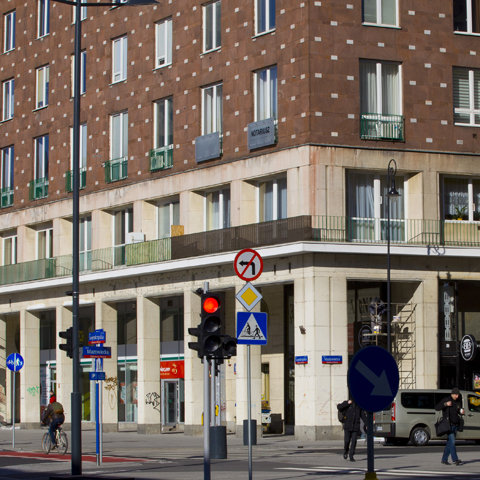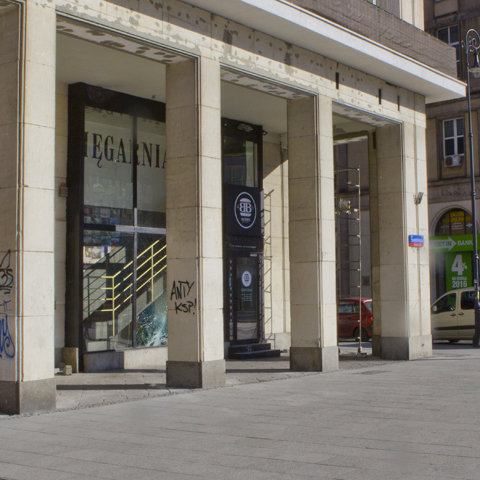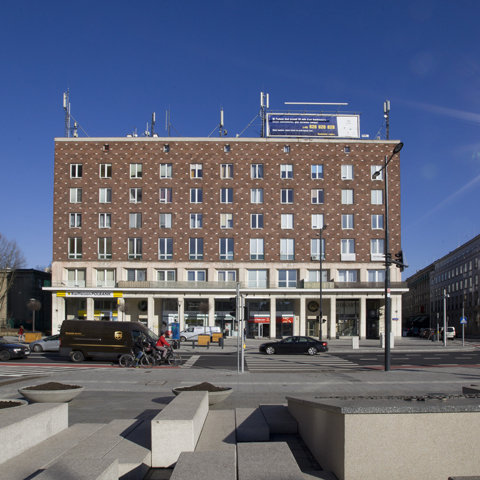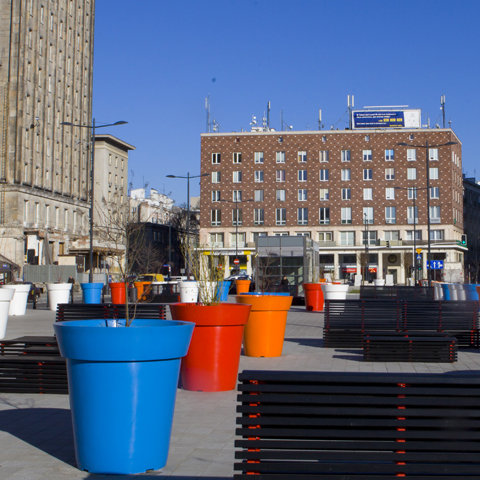Composers / Fryderyk Chopin / Places catalog
Buchholtz’s instrument store
Fryderyk Buchholtz (1792–1837) was a piano maker, who founded an instrument factory on ul. Mazowiecka in 1815. Over the first few years, he focused on pianos and clavichords, but steadily became more given to experimentation and more eager to seek out innovation. In 1824, he built an instrument known as a melodipantaleon, then a melodicordion and finally an aeolomelodicon. It was on this last instrument that Chopin performed before Tsar Alexander I in the Augsburg Evangelical Church. Towards the end of 1820s, Buchholtz added English grand pianos to his range.
Chopin, who was sensitive to the quality of the instruments on which he played, often visited Buchholtz’s establishment to try out new instruments. In 1830, Buchholtz made a special effort for the fastidious young pianist by trying to build a copy of a new and improved piano by Viennese manufacturer Andreas Streicher. Henryk Nowaczyk tells us that Chopin even fell out with French pianist Anne Caroline de Belleville over this instrument. ‘Buchholtz will finish his instrument à la Streicher’, Chopin wrote to Tytus Woyciechowski in September 1830, ‘it plays well, better than his Viennese instrument, but it is far from the Vienna Viennese’.
A Buchholtz piano also stood in the Chopins’ salon at Krakowskie Przedmieście 5. That instrument is known to us from a reproduction of an 1832 sketch by Antoni Kolberg. After Chopin left the country, it passed to his sister Izabella Barcińska (née Chopin) and was moved to the residence she occupied in Zamoyski Palace. In 1863, the tsar’s viceroy, Fyodor Berg, survived an assassination attempt in Warsaw, and Zamoyski Palace, including the Barciński residence, was ransacked and destroyed during the reprisals. The Buchholtz piano that had once belonged to Chopin was thrown out of the window. Cyprian Kamil Norwid describes this harrowing event in his poem ‘Fortepian Szopena’ [Chopin’s piano]:
'(…) – The town house caught fire, died down
Then flared up again – And there – Under the wall
Saw the foreheads of widows in mourning
Pushed back by rifle butts –
And again, smokeblinded, I saw,
As it moved past the portal, the pillars,
A contraption that looked like a coffin
They were heaving out … crashing and crushing – your piano!
That one! … that championed Poland, he from the heights
All-Perfections of history
People-bound, anthem ecstatic –
O Poland – of wheelwrights transformed;
That same one – crushed on the granite squares!'
(Translation from Polish by Jerome Rothenberg & Arie Galles)
[(…) – Gmach zajął się ogniem, przygasł znów,
Zapłonął znów – – i oto – pod ścianę
Widzę czoła ożałobionych wdów
Kolbami pchane – –
I znów widzę, acz dymem oślepian,
Jak przez ganku kolumny
Sprzęt podobny do trumny
Wydźwigają… runął… runął – Twój fortepian!
Ten!… co Polskę głosił, od zenitu
Wszechdoskonałości Dziejów
Wziętą, hymnem zachwytu –
Polskę – przemienionych kołodziejów;
Ten sam – runął – na bruki z granitu!]
-

Buchholtz’s instrument store. Phot. Waldemar Kielichowski.
-

The place where was Fryderyk Buchholtz’s instrument store. Phot. Waldemar Kielichowski.
-

The place where was Fryderyk Buchholtz’s instrument store. Phot. Waldemar Kielichowski.
-

The place where was Fryderyk Buchholtz’s instrument store. Phot. Waldemar Kielichowski.